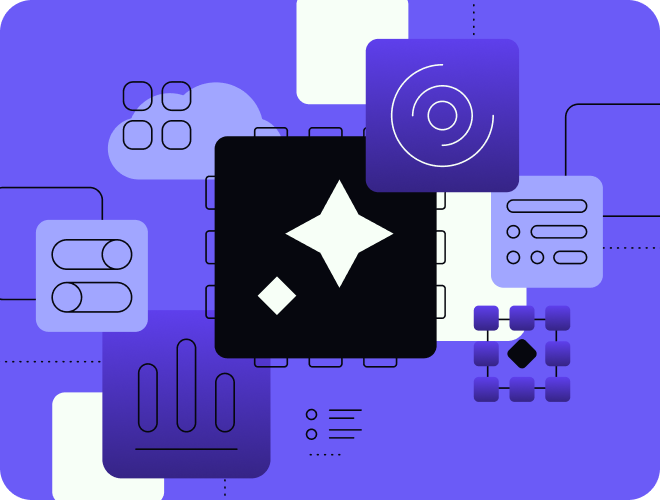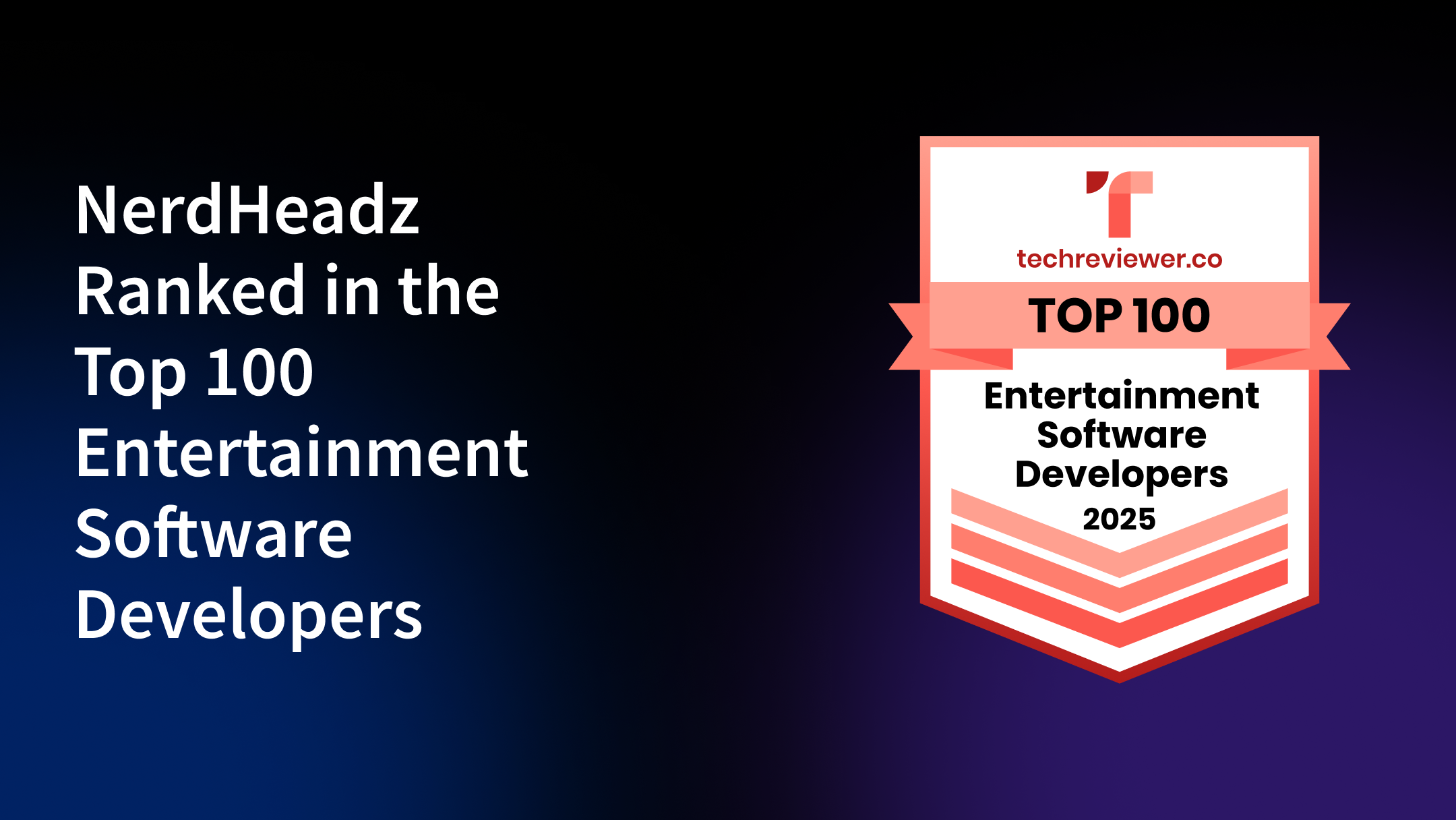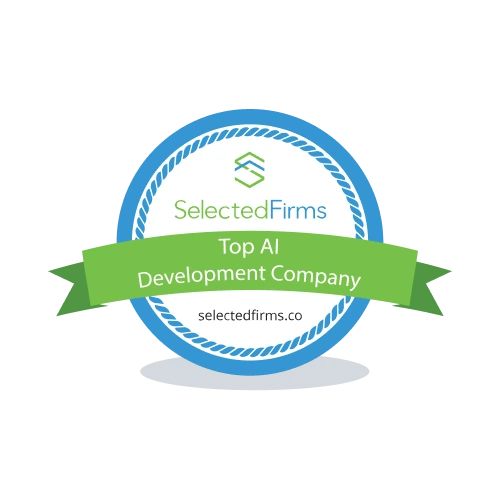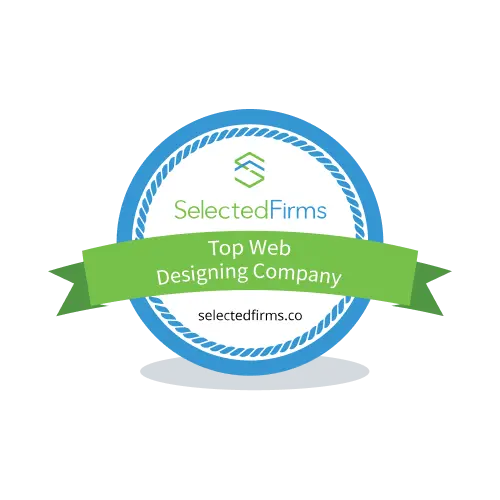MVP
June 3, 2025
MVP vs Prototype: What’s the Difference?
Learn the real difference between MVPs, prototypes, and when to build each. A clear guide for SaaS teams deciding what to launch first.

.avif)
Are you ready to talk about your project?
Schedule a consultation with our team, and we’ll send a custom proposal.
Get in touch


%201.svg)


%201.svg)
%201.webp)

%201.webp)



.webp)






